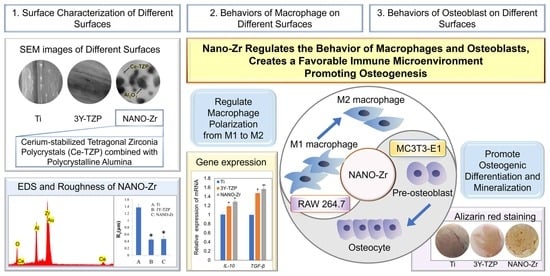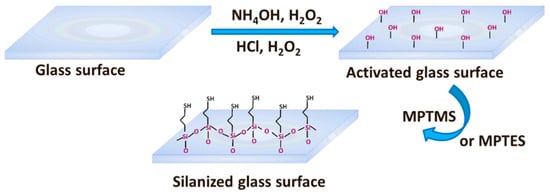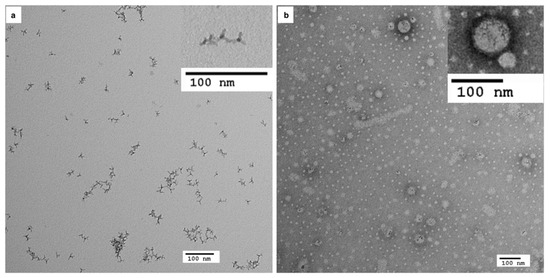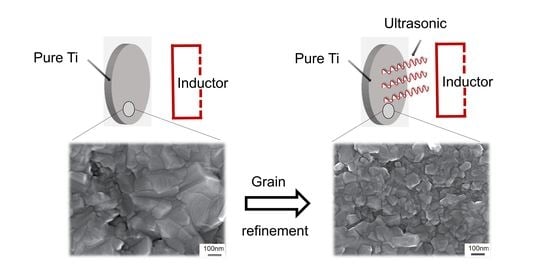Feature Paper Collection in 'Surface Coatings for Biomedicine and Bioengineering'
A topical collection in Coatings (ISSN 2079-6412). This collection belongs to the section "Surface Coatings for Biomedicine and Bioengineering".
Viewed by 18757Editor
2. Academy of Romanian Scientists, 54 Splaiul Independenței St., Bucharest, Romania
Interests: bio(nano)materials; synthesis methods; materials processing and design; advanced coatings; tissue engineering; drug delivery; characterization methods
Special Issues, Collections and Topics in MDPI journals
Topical Collection Information
Dear Colleagues,
As Editor-in-Chief of the Section “Surface Coatings for Biomedicine and Bioengineering”, I am excited to announce a Special Feature Paper Collection for this section. I would like to invite leading experts in the field to contribute high quality papers to this collection. This Feature Paper Collection aims to present novel approaches, improvements, or new cutting-edge developments in the field of surface coatings for biomedicine and bioengineering.
The particular areas of interest for this Topical Collection include but are not limited to:
- Design and processing of coatings
- Biomimetic approaches for tuning surface characteristics
- Particularities in coating characterization
- Tuning the properties and performances of medical devices according with the nature and deposition parameters of the coatings
Feature articles and reviews from top experts are welcome. We are happy to offer discount of 20% on the APCs for any article published, with additional discounts available if the contribution is a review that might be of great interest in this field. The criteria mainly include the academic background of the scholar, the publication record, the novelty and significance of content, and the peer-review results of the paper.
In addition, if 10 or more papers are published in this collection, we will make a collection book, and the leading authors of each article will receive a hard copy of this book.
Prof. Dr. Anton Ficai
Collection Editor
Manuscript Submission Information
Manuscripts should be submitted online at www.mdpi.com by registering and logging in to this website. Once you are registered, click here to go to the submission form. Manuscripts can be submitted until the deadline. All submissions that pass pre-check are peer-reviewed. Accepted papers will be published continuously in the journal (as soon as accepted) and will be listed together on the collection website. Research articles, review articles as well as short communications are invited. For planned papers, a title and short abstract (about 100 words) can be sent to the Editorial Office for announcement on this website.
Submitted manuscripts should not have been published previously, nor be under consideration for publication elsewhere (except conference proceedings papers). All manuscripts are thoroughly refereed through a single-blind peer-review process. A guide for authors and other relevant information for submission of manuscripts is available on the Instructions for Authors page. Coatings is an international peer-reviewed open access monthly journal published by MDPI.
Please visit the Instructions for Authors page before submitting a manuscript. The Article Processing Charge (APC) for publication in this open access journal is 2600 CHF (Swiss Francs). Submitted papers should be well formatted and use good English. Authors may use MDPI's English editing service prior to publication or during author revisions.













